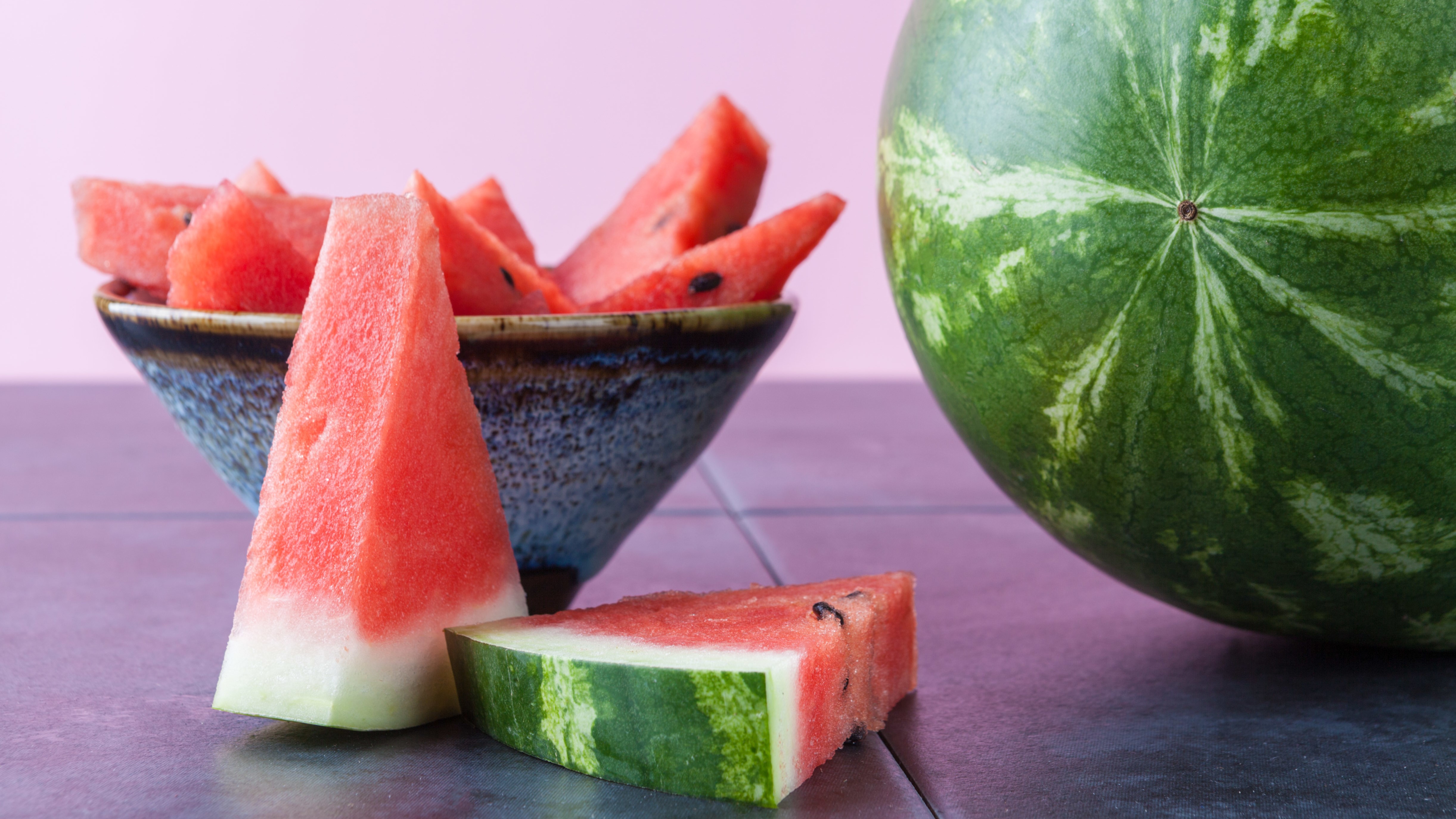Picking a melon can be a huge leap of faith if you don’t know what you’re looking for. Let’s face it; you can’t choose the perfect watermelon, cantaloupe, or honeydew just by looking at the fruit. And nothing is worse than coming to a barbecue with a melon to cut it and let it eat.
So what’s the secret to selecting the juiciest, tastiest melon?
While there are specific characteristics to look out for with different varieties of melons, there are two things you should know about each array first:
Melons should feel heavy for their size. A higher density (more melon per melon, if you will) means more juice, sugar,, and flavor. Melons have a stem end and a blossom end. The stem end curves inward a bit (like a navel), while the blossom end domes outward. The stem end is where it connects to the plant, and the blossom end is where the plant’s flower grows.
The most important thing to remember when choosing a melon is to compare and process several of them. A lot of picking the best melon is finding a happy medium. You want one that is firm but not firm, fragrant but not smelly. It is essential to check out a few to compare.

Summer’s most popular melon, watermelons, can be tricky to choose.
1. Look for matte skin. If it’s shiny, it means it’s not ripe yet.
2. Search for tires. Watermelon tissue may look like scaly brown dots or scars on the outside of the melon. While you would avoid such things on, say, apples because it looks like damaged fruit, they are a sign of flavor on a watermelon. It comes from bees pollinating the blossom, and more pollen equals more flavor.
3. Look at the field spot. A good watermelon should have an orange or yellow area where the melon was in contact with the soil. No stain or a white spot means it won’t be flavorful.
4. thump the melon. A ripe melon sounds hollow and rumbling, while an unripe melon sounds firm and thick.
5. Choose the round. A round melon is more flavorful than an oval or oblong one, so look for the smaller, rounder melons for the best flavor.
Cantaloupes can have the widest flavor range between bad and super delicious. Since they do not ripen further after being picked, it is critical to get one that has been harvested at the peak of ripeness.
1. Go over the crust. A ripe melon will have a yellow-beige color under the crackled weave. If you see green, it’s not done yet.
In addition, since a melon naturally detaches from the plant when ripe, if a stem is intact, it was likely cut from the plant before it reached maturity.
2. Squeeze it lightly. It should be firm with a little give. Also, press your thumb on the tip of the blossom. If it’s as hard as a watermelon, it’s not quite ripe yet.
3. Tap and listen. It should make a low tone. Unlike a watermelon, a hollow sound means it is not ripe.
4. Give it a scent. The melon should have a robust and sweet aroma. If you get a hint of rotten fruit or a funky, garbage-like smell, avoid it, as it means the fruit is starting to rot.
For honeydew, most signals about ripeness come from the husk.
1. Look for a creamy yellow to white exterior. Even though the inside is light green, the skin should have no green tint.
2. Avoid cracks or bumps on the surface. Although honeydew melons have a textured surface, they should not have cracks or bulges. Some scars or scales around the end of the stem are OK and indicate higher sugar content.
3. Dull and matte skin is best. Some brown spots are OK, similar to a banana. This means that there is a lot of sugar, but only pick it if you plan to eat it the same day, as these spots can make it rot quickly. On the other hand, green spots are indicators of under-ripeness, and like melons, if honeydew is picked before it is ripe, it will never reach full maturity while sitting.
4. A little tacky is OK. Honeydew naturally produces some oily surfactant, so a perfectly ripe honeydew should feel a little sticky. When you squeeze it lightly, it should be firm but with a little give, just like a melon.
5. Press the stem and blossom end. Both should be a little soft. However, anything too weak indicates that it is overripe.
6. Smell the end of the stem. It should be most fragrant and have a light, clean scent without a pungent, overly sweet smell.
Check out these recipes to up your kitchen game:
Hard Boiled Eggs: Two Easy Ways to Hard Boil Eggs to Perfection
Creamy risotto: Pearl couscous is the trick ingredient for creamy risotto
Fried rice: the secret to making delicious fried rice at home
Jambalaya: How to make Cajun jambalaya paste from Cheesecake Factory at home?
Mustard makes it better: how to use mustard not as a spice but as an ingredient?
Pasta Salad: Always Perfect: The Only Pasta Salad Recipe You’ll Ever Need
Cranberry Sauce: Three Cranberry Sauce Recipes You Must Try
Sugar Cookies: ‘The best sugar cookie I’ve ever baked.’ Here’s the recipe.
Kale can be tough: Raw kale can be tough. How salt can help
Carrot cake: Recipe for the ultimate carrot cake, easier than you think
Fried Chicken: All the Ways Fried Chicken Can Go Wrong – And A Recipe To Get It Right
Published at 09:49 UTC on April 6, 2022. Updated at 7:44 PM UTC on April 22, 2022





